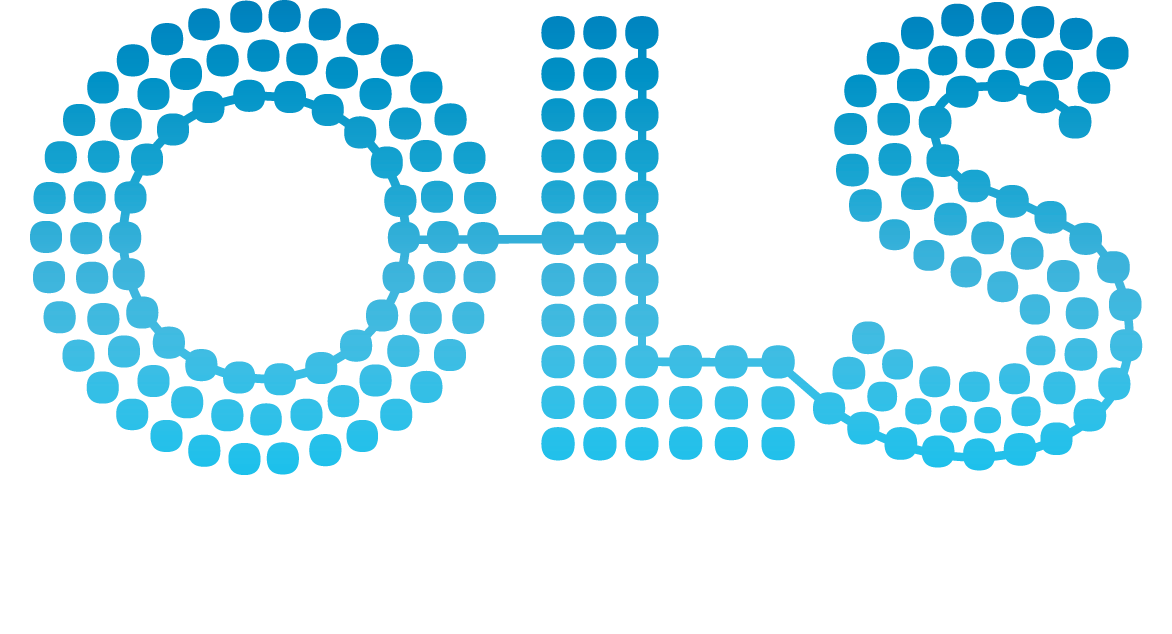|
Actinomycosis, Cervicofacial
|
D000197 |
[A form of ACTINOMYCOSIS characterized by slow-growing inflammatory lesions of the lymph nodes that drain the mouth (lumpy jaw), reddening of the overlying skin, and intraperitoneal abscesses.
] |
|
Actinoplanes
|
D000079584 |
[A genus of zoospore-forming bacteria in the Micromonosporaceae family that is a source of many clinically important natural products.
] |
|
Actins
|
D000199 |
[Filamentous proteins that are the main constituent of the thin filaments of muscle fibers. The filaments (known also as filamentous or F-actin) can be dissociated into their globular subunits; each subunit is composed of a single polypeptide 375 amino acids long. This is known as globular or G-actin. In conjunction with MYOSINS, actin is responsible for the contraction and relaxation of muscle.
] |
|
Action Potentials
|
D000200 |
[Abrupt changes in the membrane potential that sweep along the CELL MEMBRANE of excitable cells in response to excitation stimuli.
] |
|
Action Spectrum
|
D000067549 |
[A technique used to measure the rate of physiological activity plotted against wavelength of light. An action spectrum depicts the most effective wavelength of light (also known as spectral sensitivity) that is required for each specific process.
] |
|
Activated Protein C Resistance
|
D020016 |
[A hemostatic disorder characterized by a poor anticoagulant response to activated protein C (APC). The activated form of Factor V (Factor Va) is more slowly degraded by activated protein C. Factor V Leiden mutation (R506Q) is the most common cause of APC resistance.
] |
|
Activated-Leukocyte Cell Adhesion Molecule
|
D020410 |
[Cell adhesion molecule expressed on activated leukocytes, fibroblasts, and neurons. It is a ligand for CD6. ALCAM-CD6 interactions may play a role in the binding of T and B cells to activated leukocytes.
] |
|
Activating Transcription Factor 1
|
D051697 |
[An activating transcription factor that regulates expression of a variety of genes including C-JUN GENES and TRANSFORMING GROWTH FACTOR BETA2.
] |
|
Activating Transcription Factor 2
|
D051698 |
[An activating transcription factor that regulates expression of a variety of GENES including C-JUN GENES; CYCLIN A; CYCLIN D1; and ACTIVATING TRANSCRIPTION FACTOR 3.
] |
|
Activating Transcription Factor 3
|
D051700 |
[An activating transcription factor that plays a key role in cellular responses to GENOTOXIC STRESS and OXIDATIVE STRESS.
] |
|
Activating Transcription Factor 4
|
D051701 |
[An activating transcription factor that regulates the expression of a variety of GENES involved in amino acid metabolism and transport. It also interacts with HTLV-I transactivator protein.
] |
|
Activating Transcription Factor 6
|
D051702 |
[One of the BASIC-LEUCINE ZIPPER TRANSCRIPTION FACTORS that is synthesized as a membrane-bound protein in the ENDOPLASMIC RETICULUM. In response to endoplasmic reticulum stress it translocates to the GOLGI APPARATUS. It is activated by PROTEASES and then moves to the CELL NUCLEUS to regulate GENETIC TRANSCRIPTION of GENES involved in the unfolded protein response.
] |
|
Activating Transcription Factors
|
D051696 |
[Activating transcription factors were originally identified as DNA-BINDING PROTEINS that interact with early promoters from ADENOVIRUSES. They are a family of basic leucine zipper transcription factors that bind to the consensus site TGACGTCA of the cyclic AMP response element, and are closely related to CYCLIC AMP-RESPONSIVE DNA-BINDING PROTEIN.
] |
|
Activation Analysis
|
D000201 |
[A method of chemical analysis based on the detection of characteristic radionuclides following a nuclear bombardment. It is also known as radioactivity analysis. (McGraw-Hill Dictionary of Scientific and Technical Terms, 4th ed)
] |
|
Activation, Metabolic
|
D065767 |
[The conversion of an exogenous substance by a biological system resulting in the production on an active metabolite.
] |
|
Activator Appliances
|
D000202 |
[Loose-fitting removable orthodontic appliances which redirect the pressures of the facial and masticatory muscles onto the teeth and their supporting structures to produce improvements in tooth arrangements and occlusal relations.
] |
|
Active Transport, Cell Nucleus
|
D021581 |
[Gated transport mechanisms by which proteins or RNA are moved across the NUCLEAR MEMBRANE.
] |
|
Activin Receptors
|
D029404 |
[Receptors for ACTIVINS are membrane protein kinases belonging to the family of PROTEIN-SERINE-THREONINE KINASES, thus also named activin receptor-like kinases (ALK's). Activin receptors also bind TRANSFORMING GROWTH FACTOR BETA. As those transmembrane receptors of the TGF-beta superfamily (RECEPTORS, TRANSFORMING GROWTH FACTOR BETA), ALK's consist of two different but related protein kinases, Type I and Type II. Activins initiate cellular signal transduction by first binding to the type II receptors (ACTIVIN RECEPTORS, TYPE II ) which then recruit and phosphorylate the type I receptors (ACTIVIN RECEPTORS, TYPE I ) with subsequent activation of the type I kinase activity.
] |
|
Activin Receptors, Type I
|
D030201 |
[One of the two types of ACTIVIN RECEPTORS or activin receptor-like kinases (ALK'S). There are several type I activin receptors. The major active ones are ALK-2 (ActR-IA) and ALK-4 (ActR-IB).
] |
|
Activin Receptors, Type II
|
D030301 |
[One of the two types of ACTIVIN RECEPTORS. They are membrane protein kinases belonging to the family of PROTEIN-SERINE-THREONINE KINASES. The major type II activin receptors are ActR-IIA and ActR-IIB.
] |
